Weak Knock Characteristic Extraction of a Two-Stroke Spark Ignition UAV Engine Burning RP-3 Kerosene Fuel Based on Intrinsic Modal Functions Energy Method
Abstract
:1. Introduction
2. Method
3. Simulation Example
4. Experiment Setup
4.1. Test Engine
4.2. Test Bench
5. Analysis of Test Results
5.1. Knock Characteristic Extraction at 5100 rpm
5.2. Knock Characteristic Extraction at 5200 rpm
6. Comparison and Discussions
7. Conclusions
Author Contributions
Funding
Acknowledgments
Conflicts of Interest
References
- Donateo, T.; Spedicato, L.; Trullo, G.; Carlucci, A.P.; Ficarella, A. Sizing and simulation of a piston-prop uav. Energy Procedia 2015, 82, 119–124. [Google Scholar] [CrossRef] [Green Version]
- Korakianitis, T.; Namasivayam, A.M.; Crookes, R.J. Natural-gas fueled spark-ignition (si) and compression-ignition (ci) engine performance and emissions. Prog. Energy Combust. Sci. 2011, 37, 89–112. [Google Scholar] [CrossRef]
- Liang, J.J.; He, D.H.; Du, Y.; Liu, S.; Zhou, J.Z. Experimental study on the pressure characteristics of gasoline vapor explosion under weak restrictions. Appl. Mech. Mater. 2013, 454, 226–229. [Google Scholar] [CrossRef]
- Zhongjian, P.; Qinghua, H.E.; Jing, Y. Development status of piston aviation heavy oil engine. Sci. Technol. Rev. 2013, 31, 65–68. [Google Scholar]
- Fan, X.; Yu, G. Analysis of thermophysical properties of daqing rp-3 aviation kerosene. J. Propuls. Technol. 2006, 27, 187–192. [Google Scholar]
- Bruno, T.J.; Huber, M.L. Evaluation of the physicochemical authenticity of aviation kerosene surrogate mixtures. part 2: Analysis and prediction of thermophysical properties. Energy Fuels 2010, 24, 4277–4284. [Google Scholar] [CrossRef]
- Zheng, D.; Yu, W.M.; Zhong, B.J. Rp-3 aviation kerosene surrogate fuel and the chemical reaction kinetic model. Acta Phys.-Chim. Sin. 2015, 31, 636–642. [Google Scholar]
- Zhang, C.; Zeng, W.; Chen, B.; Zhang, J.; Liu, Y. Effect factor of laminar burning characteristics of rp-3 kerosene. J. Aerosp. Power 2018, 33, 182–192. [Google Scholar]
- Liu, Z.; Chen, R. A zero-dimensional combustion model with reduced kinetics for si engine knock simulation. Combust. Sci. Technol. 2009, 181, 828–852. [Google Scholar] [CrossRef] [Green Version]
- Witwit, A.R.H.; Yasin, A.; Gitano, H.; Yadav, T.K. New model for knock factors optimization in internal combustion engine (si). Adv. Mater. Res. 2014, 980, 219–224. [Google Scholar] [CrossRef]
- Darzi, M.; Johnson, D.; Ulishney, C.; Bade, M.; Zamani, N. Baseline evaluation of ignition timing and compression ratio configurations on efficiency and combustion stability of a small-bore, two-stroke, natural gas engine. In Proceedings of the ASME International Mechanical Engineering Congress and Exposition (IMECE), Tampa, FL, USA, 3–9 November 2017; Volume 6, p. V006T08A002. [Google Scholar]
- Johnson, D.; Darzi, M.; Ulishney, C.; Bade, M.; Zamani, N. Methods to Improve Combustion Stability, Efficiency, and Power Density of a Small, Port-Injected, Spark-Ignited, Two-Stroke Natural Gas Engine. In Proceedings of the ASME Internal Combustion Engine Division Fall Technical Conference, Seattle, DC, USA, 15–18 October 2017; Volume 2: Emissions Control Systems; Instrumentation, Controls, and Hybrids; Numerical Simulation; Engine Design and Mechanical Development. p. V002T07A008. [Google Scholar]
- Szwaja, S.; Bhandary, K.R.; Naber, J.D. Comparisons of hydrogen and gasoline combustion knock in a spark ignition engine. Int. J. Hydrog. Energy 2007, 32, 5076–5087. [Google Scholar] [CrossRef]
- Merola, S.S.; Tornatore, C.; Marchitto, L.; Corcione, F.E. Experimental investigations of butanol-gasoline blends effects on the combustion process in a SI engine. Int. J. Energy Environ. Eng. 2012, 3, 6. [Google Scholar] [CrossRef] [Green Version]
- Merola, S.S.; Valentino, G.; Tornatore, C.; Marchitto, L. In-cylinder spectroscopic measurements of knocking combustion in a SI engine fuelled with butanol–gasoline blend. Energy 2013, 62, 150–161. [Google Scholar] [CrossRef]
- Smith, J.R.; Green, R.M.; Westbrook, C.K.; Pitz, W.J. Experimental and modeling study of engine knock. Symp. Combust. 1985, 20, 91–100. [Google Scholar] [CrossRef]
- Liu, R.; Su, X.; Miao, X.; Yang, G.; Dong, X.; Liang, Y.; Huang, T. Combustion characteristics of a two stroke spark ignition UAV engine fuelled with gasoline and kerosene (RP-3). Aircr. Eng. Aerosp. Technol. 2019, 91, 163–170. [Google Scholar] [CrossRef]
- Liu, R.; Sheng, J.; Ma, J.; Yang, G.; Dong, X.; Liang, Y. Knock combustion investigation on a two-stroke spark ignition UAV engine burning RP-3 kerosene fuel. Aircr. Eng. Aerosp. Technol. 2019, 91, 1278–1284. [Google Scholar] [CrossRef]
- Han, X.; Yao, A.; Yao, C.; Jian, G. Investigation of energy transformation and damage effect under severe knock of engines. Appl. Energy 2017, 203, 506–521. [Google Scholar]
- Qing, G.; Yingai, J.; Zhehao, X. An experimental study on control chanracteristics of critical knock in engine. Automot. Eng. 2003, 25, 546–547. [Google Scholar]
- Wang, Z.; Wang, Y.; Reitz, R.D. Pressure oscillation and chemical kinetics coupling during knock processes in gasoline engine combustion. Energy Fuels 2012, 26, 7107–7119. [Google Scholar] [CrossRef]
- Kearney, M.J. Knock Signal Conditioning Using the Discrete Fourier Transform and Variable Detection Window Length; SAE Technical Paper 2007-01-1509; SAE International: Warrendale, PA, USA, 2007. [Google Scholar]
- Vulli, S.; Dunne, J.F.; Potenza, R.; Richardson, D.; King, P. Time-frequency analysis of single-point engine-block vibration measurements for multiple excitation-event identification. J. Sound Vib. 2009, 321, 1129–1143. [Google Scholar] [CrossRef]
- Samimy, B.; Rizzoni, G. Mechanical signature analysis using time-frequency signal processing: Application to internal combustion engine knock detection. Proc. IEEE 1996, 84, 1330–1343. [Google Scholar] [CrossRef]
- Chang, J.; Kim, M.; Min, K. Detection of misfire and knock in spark ignition engines by wavelet transform of engine block vibration signals. Meas. Sci. Technol. 2002, 13, 1108. [Google Scholar] [CrossRef]
- Zhang, Z.; Tomita, E. Knocking detection using wavelet instantaneous correlation method. JSAE Rev. 2002, 23, 443–449. [Google Scholar] [CrossRef]
- Siano, D.; D’Agostino, D. Knock detection in si engines by using the discrete wavelet transform of the engine block vibrational signals. Energy Procedia 2015, 81, 673–688. [Google Scholar] [CrossRef] [Green Version]
- Jianguo, Y.; Jianfeng, Z.; Xiaofeng, L. Knock Feature Extraction for a Gasoline Engine Based on Time-Frequency Analysis. Chin. Internal Combust. Engine Eng. 2003, 24, 33–37. [Google Scholar]
- Liu, L.; Wang, Q.; Yang, K.; Li, F.; He, Q. EMD and spectrum correction-based fault diagnosis method. Chin. J. Sci. Instrum. 2011, 32, 1278–1283. [Google Scholar]
- Zhang, T.; Lu, S.; Zhou, H.; Shen, Y.G. Application of Intrinsic Mode Function Feature Energy Method in Fault Pattern Recognition of Rolling Bearing. Noise Vib. Control 2011, 6, 125–148. [Google Scholar]
- Li, S.; Zhang, P.; Li, B. Axis piston pump faults diagnosis based on Hilbert-huang transform. Chin. Hydraul. Pneum. 2011, 3, 79–81. [Google Scholar]
- Zhang, S.; Shangguan, H.; Yuan, J.; Yuchun, Z.; Jin, Y. Study on the extraction method of characteristic parameters of respiration signals based on intrinsic mode energy ratio. Chin. J. Sci. Instrum. 2010, 31, 1706–1711. [Google Scholar]
- Huang, N.E. Review of empirical mode decomposition. In Proceedings of the SPIE—Wavelet Applications VIII, Orlando, FL, USA, 26 March 2001; International Society for Optics and Photonics: Orlando, FL, USA, 2001; Volume 4391, pp. 71–80. [Google Scholar]
- Tang, B.; Dong, S.; Ma, J. Study on the method for eliminating mode mixing of empirical mode decomposition based on independent component analysis. Chin. J. Sci. Instrum. 2012, 33, 1477–1482. [Google Scholar]
- Park, M.; Kim, D.; Oh, H.S. A reinterpretation of emd by cubic spline interpolation. Adv. Adapt. Data Anal. 2011, 03, 527–540. [Google Scholar] [CrossRef]
- Huang, N.E.; Shen, Z.; Long, S.R.; Wu, M.C.; Shih, H.H.; Zheng, Q. The empirical mode decomposition and the hilbert spectrum for nonlinear and non-stationary time series analysis. Proc. Math. Phys. Eng. Sci. 1998, 454, 903–995. [Google Scholar] [CrossRef]
- Attoh-Okine, N.; Barner, K.; Bentil, D.; Zhang, R. The empirical mode decomposition and the hilbert-huang transform. EURASIP J. Adv. Signal Process. 2008, 2008, 251518. [Google Scholar] [CrossRef] [Green Version]
- Yu, Y.; Yu, D.; Junsheng, C. A roller bearing fault diagnosis method based on emd energy entropy and ann. J. Sound Vib. 2006, 294, 269–277. [Google Scholar] [CrossRef]
- Junsheng, C.; Dejie, Y.; Yu, Y. Research on the intrinsic mode function (imf) criterion in emd method. Mech. Syst. Signal Process. 2006, 20, 817–824. [Google Scholar] [CrossRef]
- Hou, J.; Qiao, X.; Wang, Z.; Liu, W.; Huang, Z. Characterization of knocking combustion in hcci dme engine using wavelet packet transform. Appl. Energy 2010, 87, 1239–1246. [Google Scholar] [CrossRef]


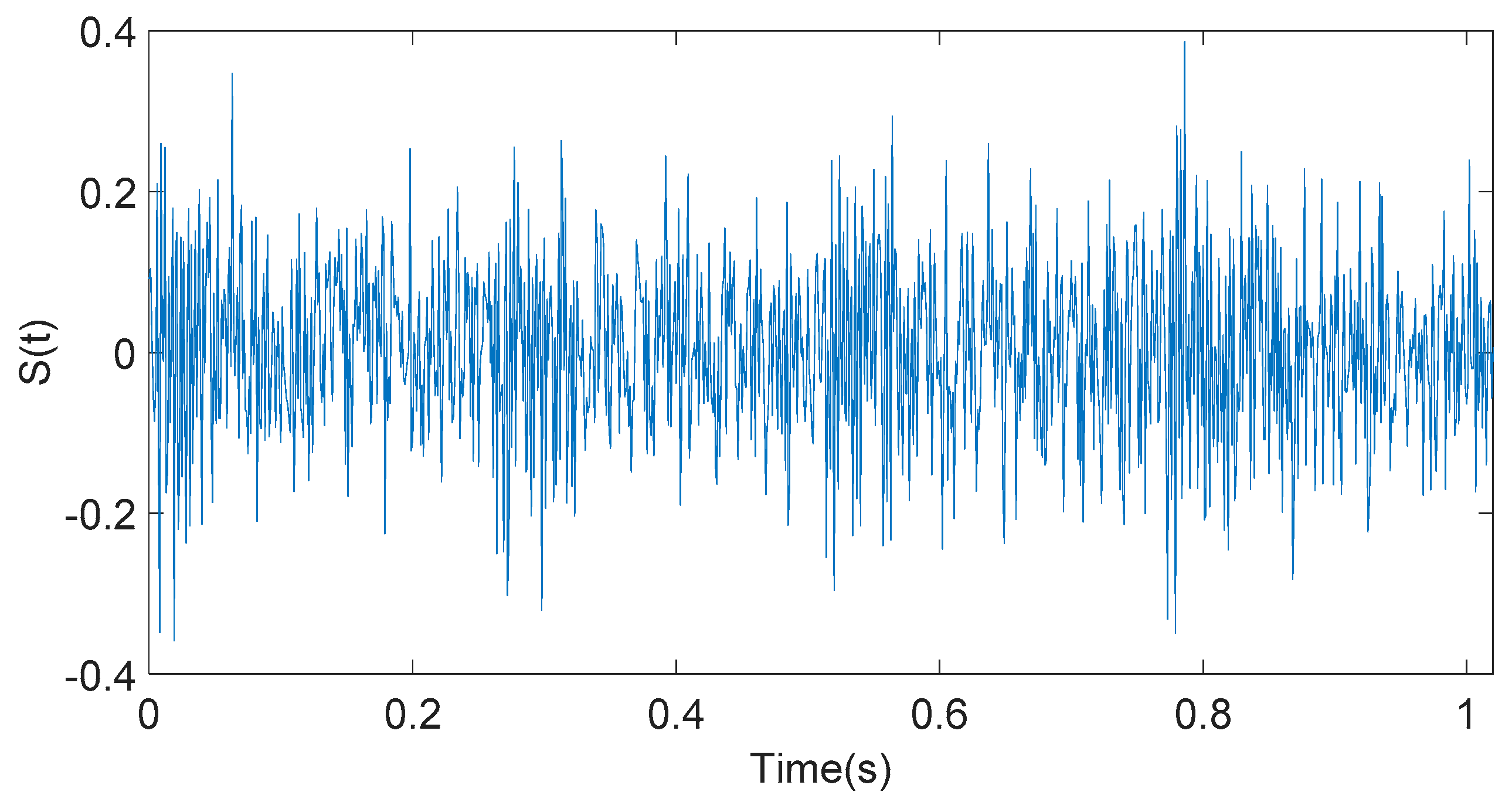

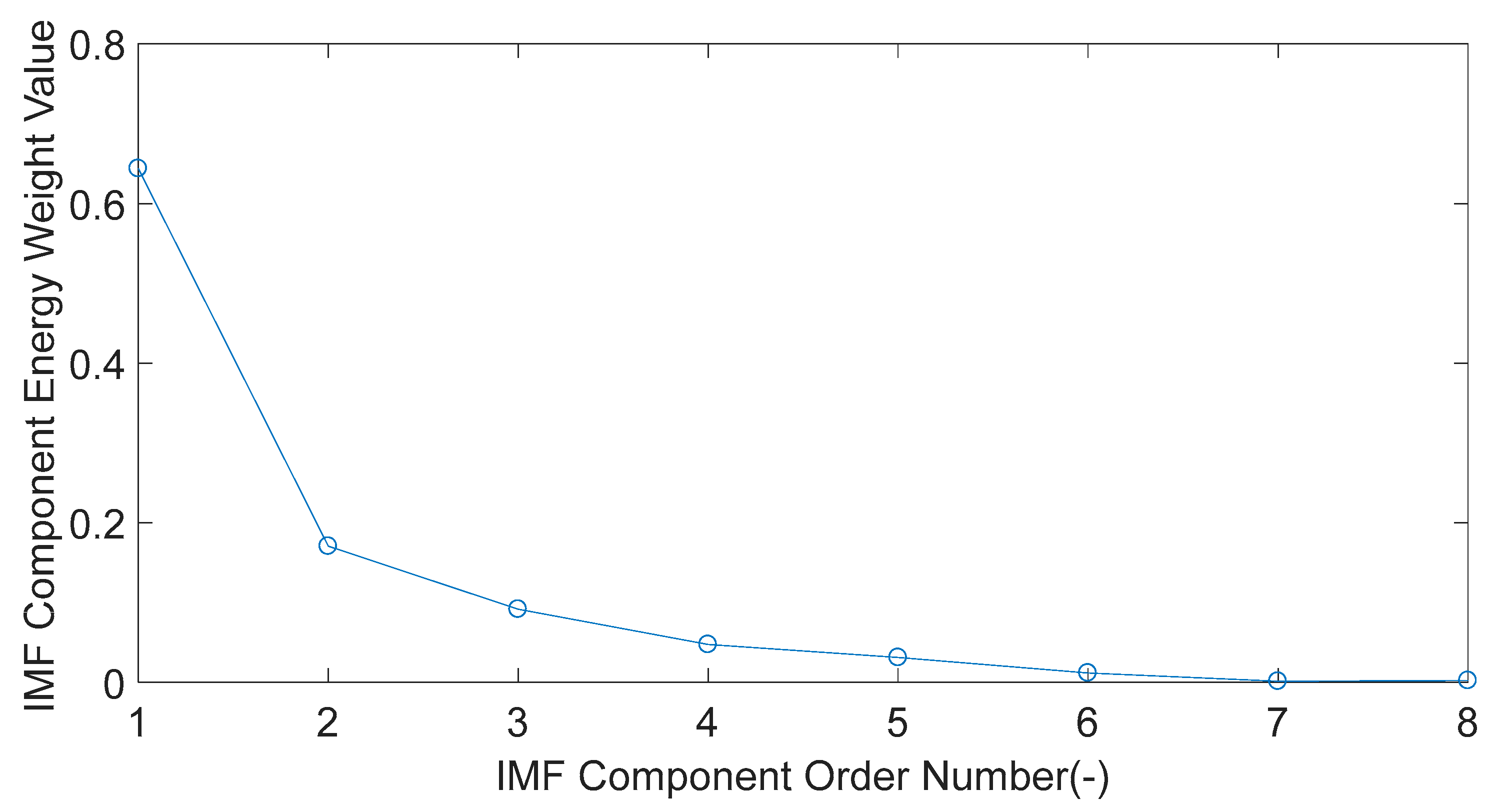
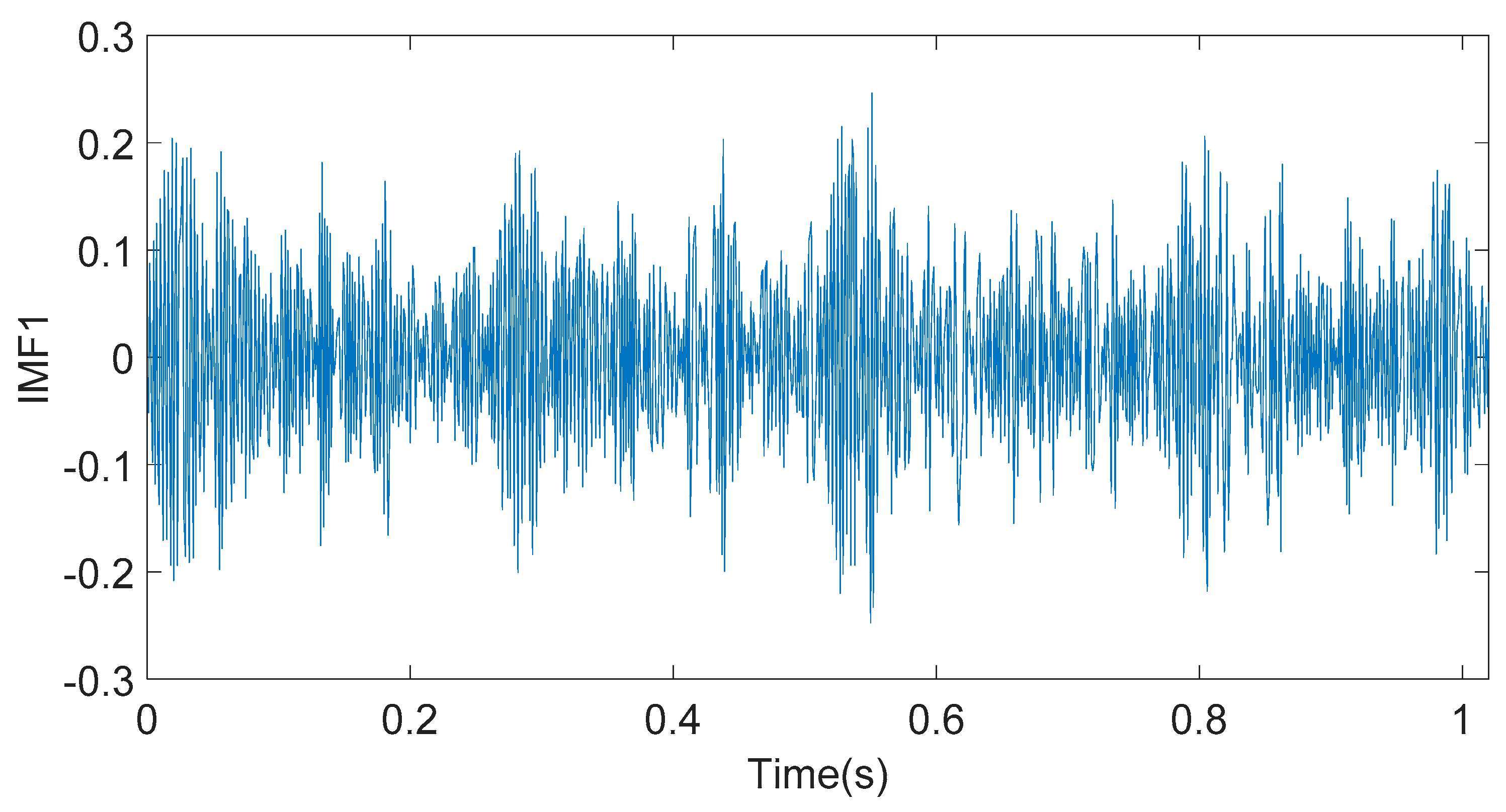

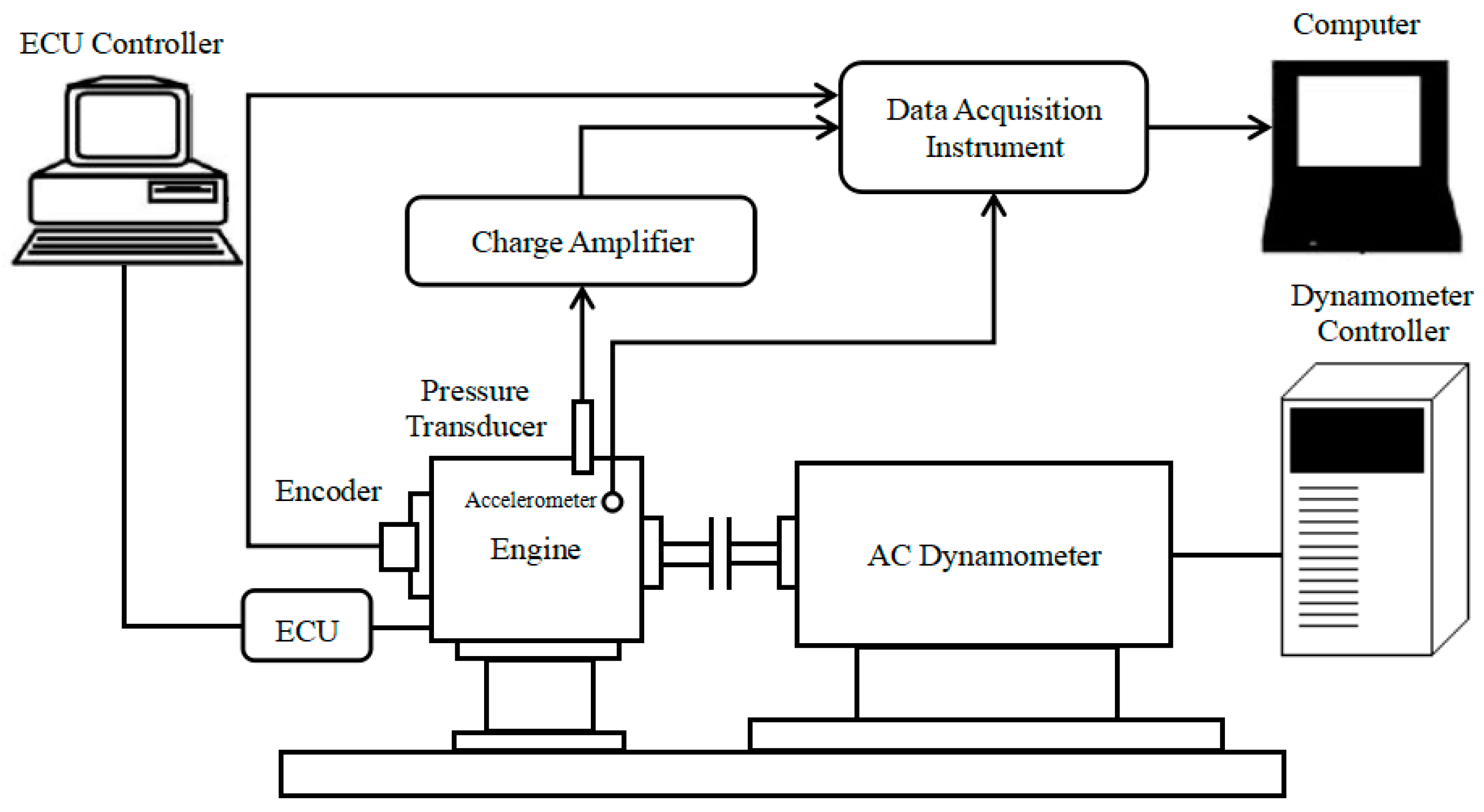
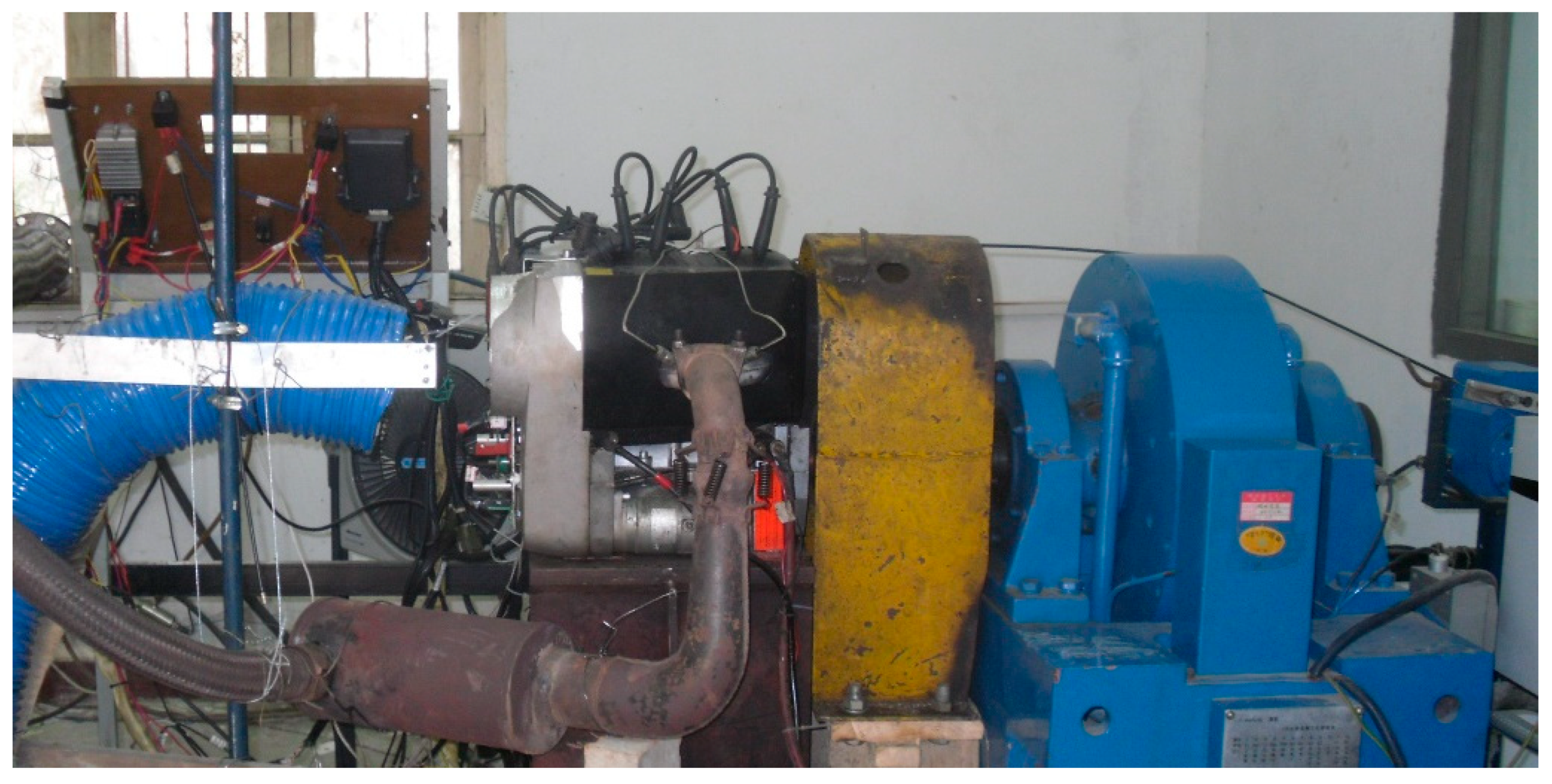


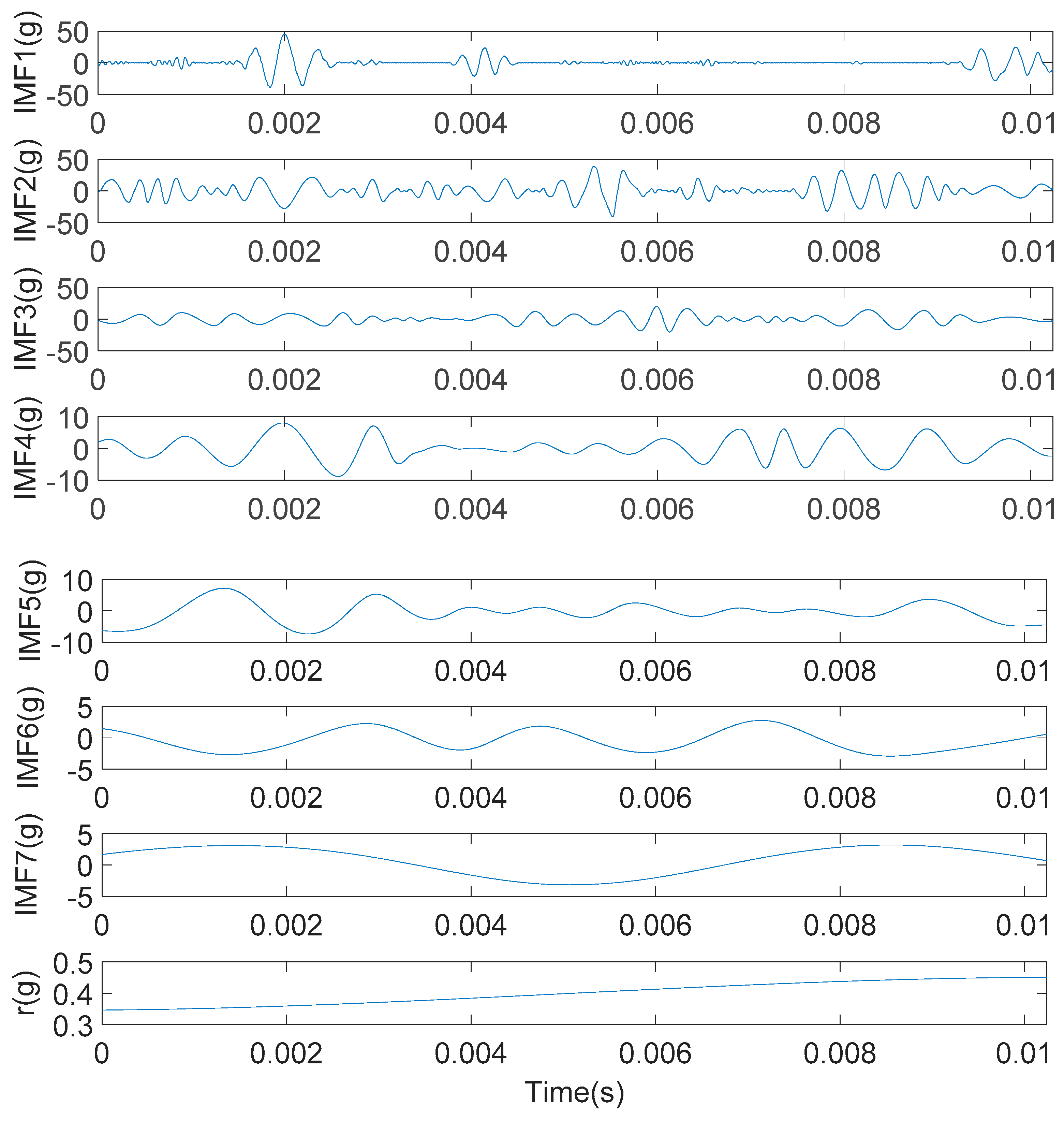
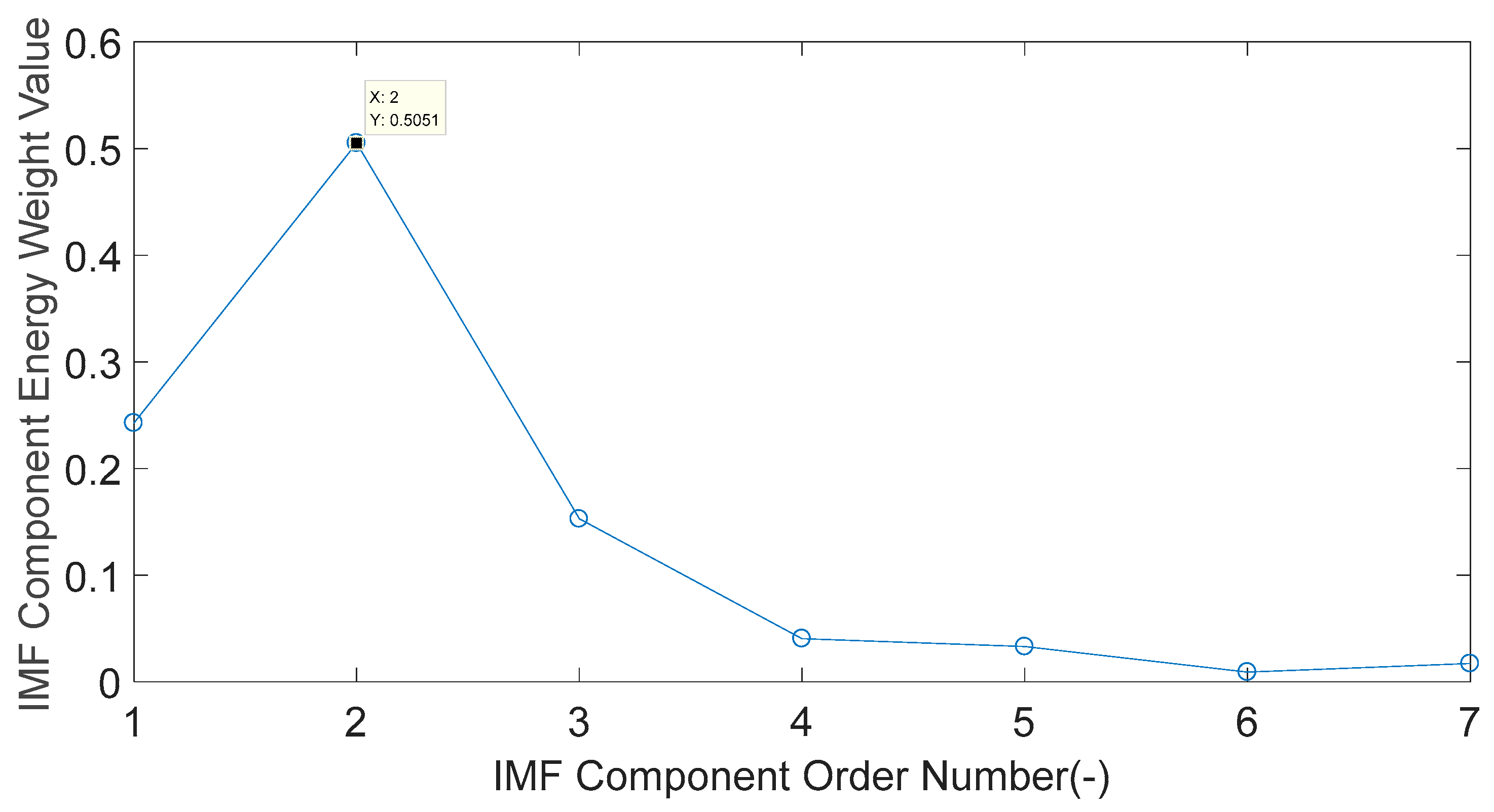
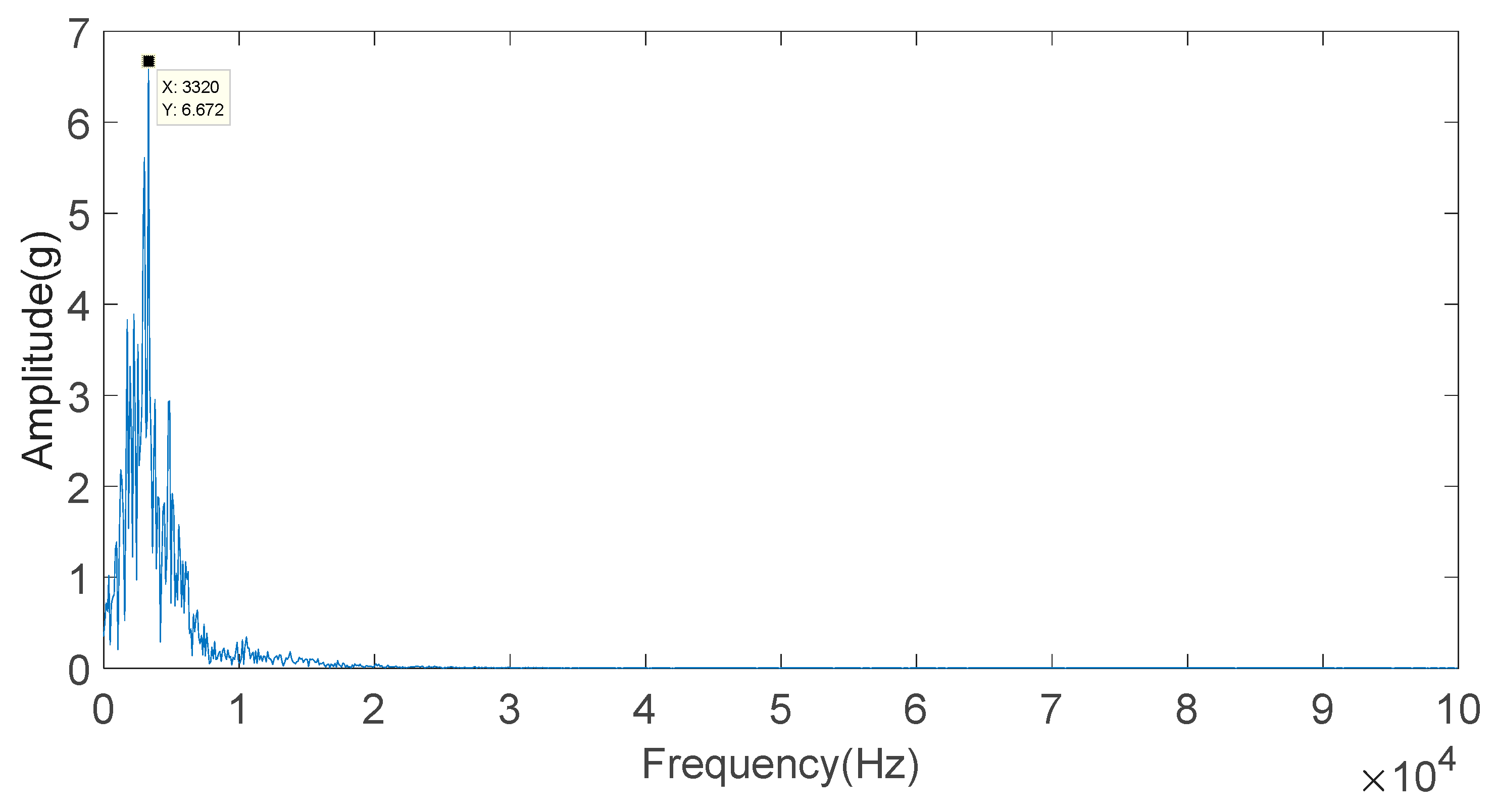

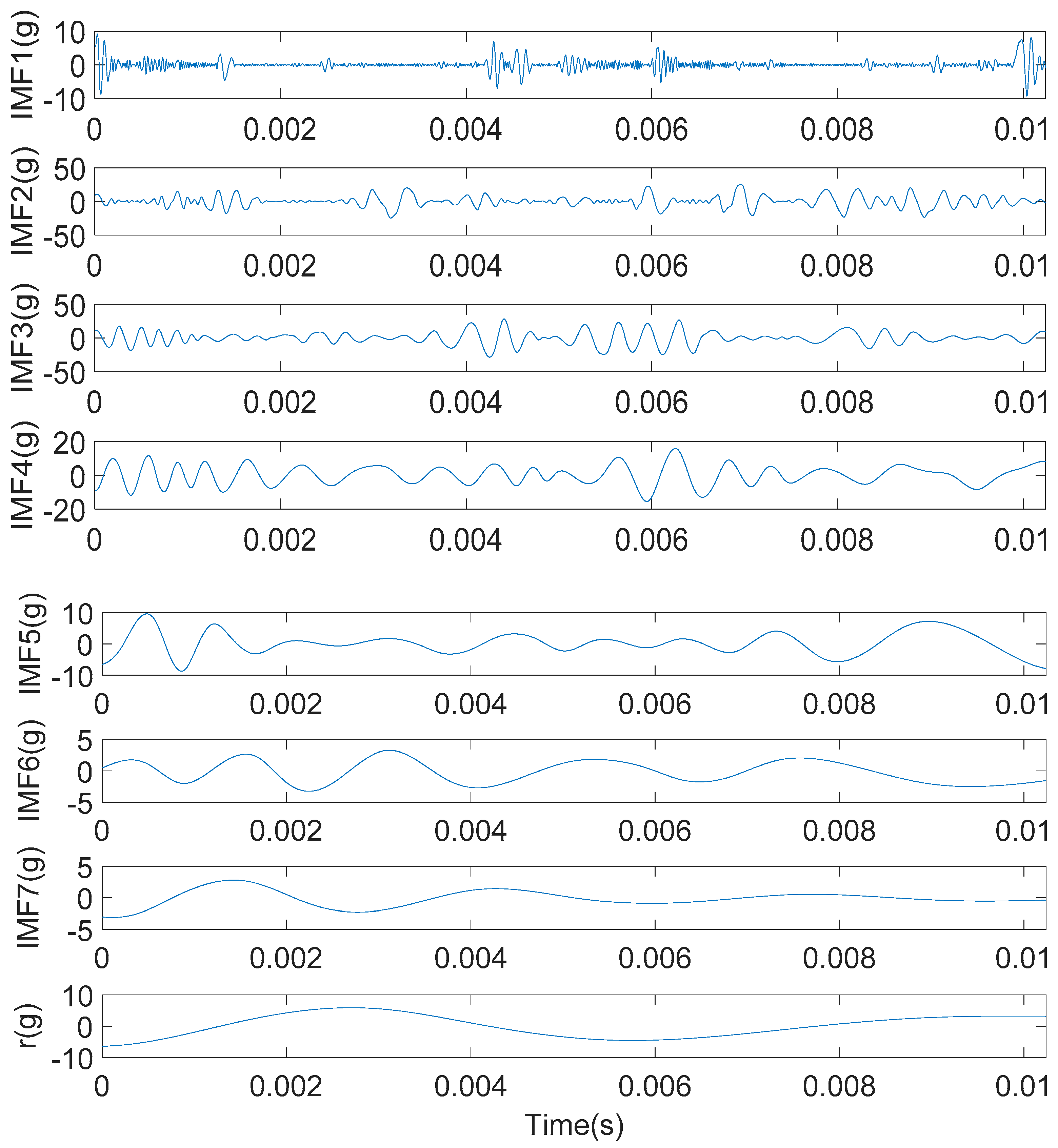
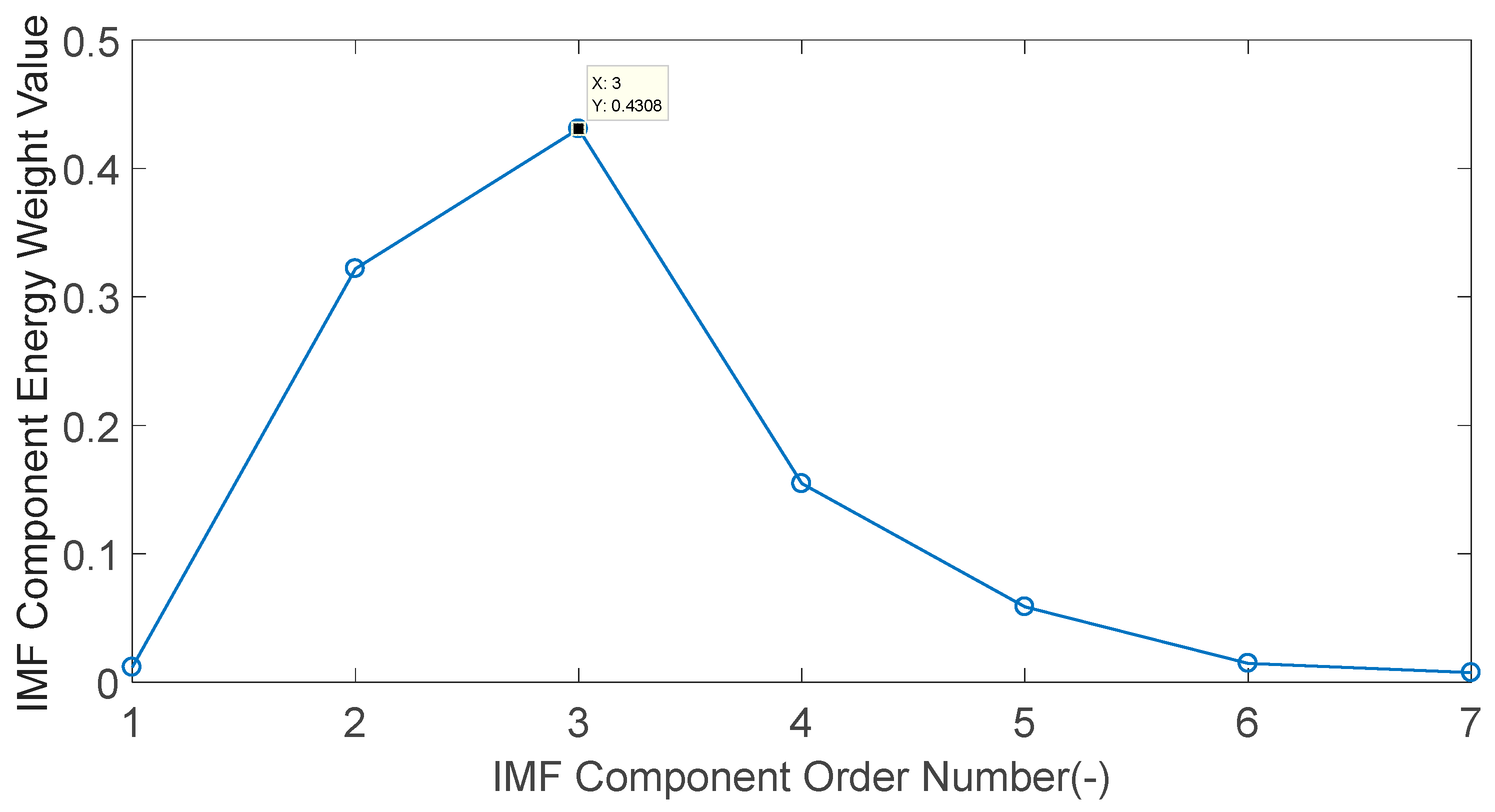

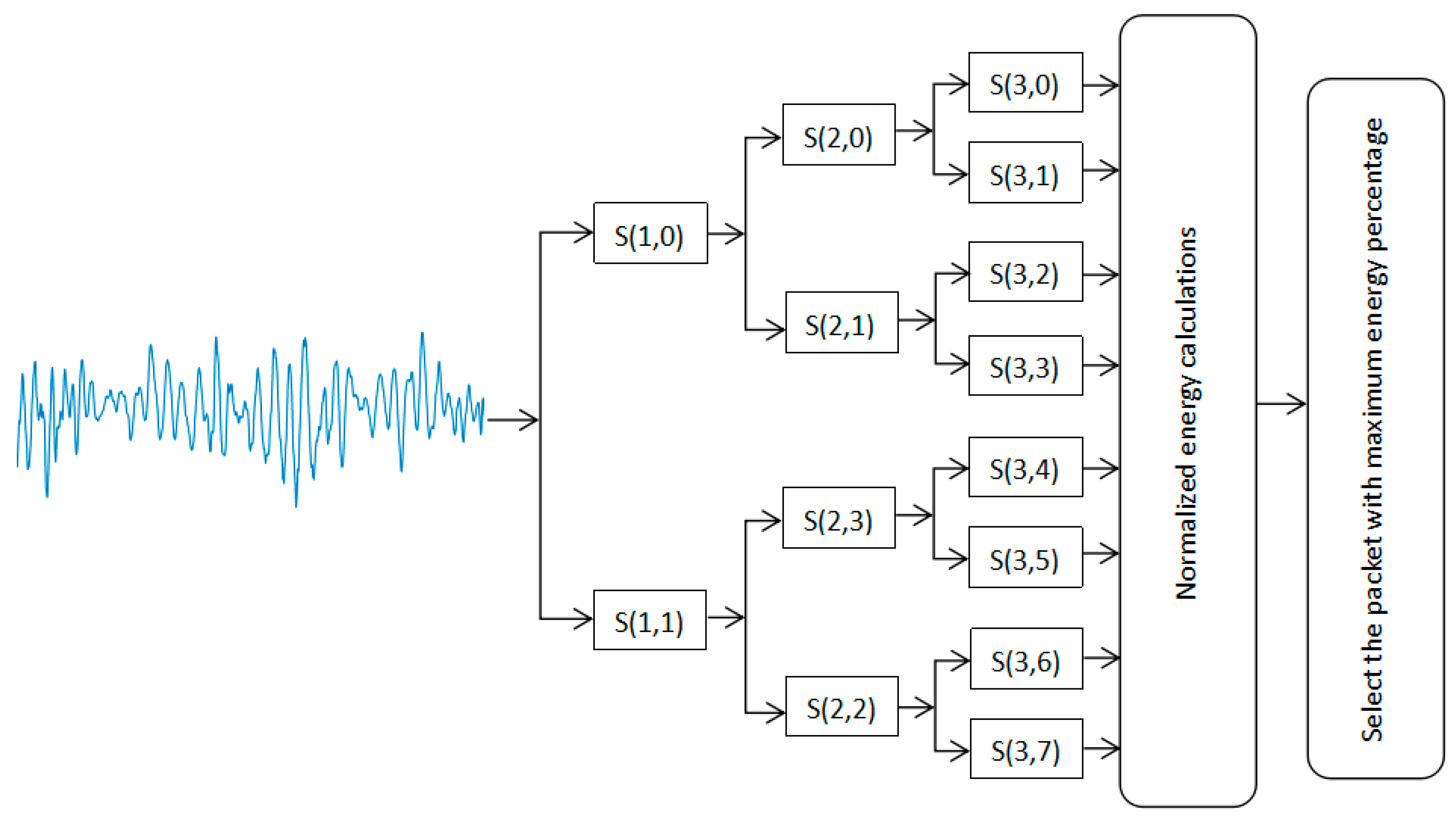

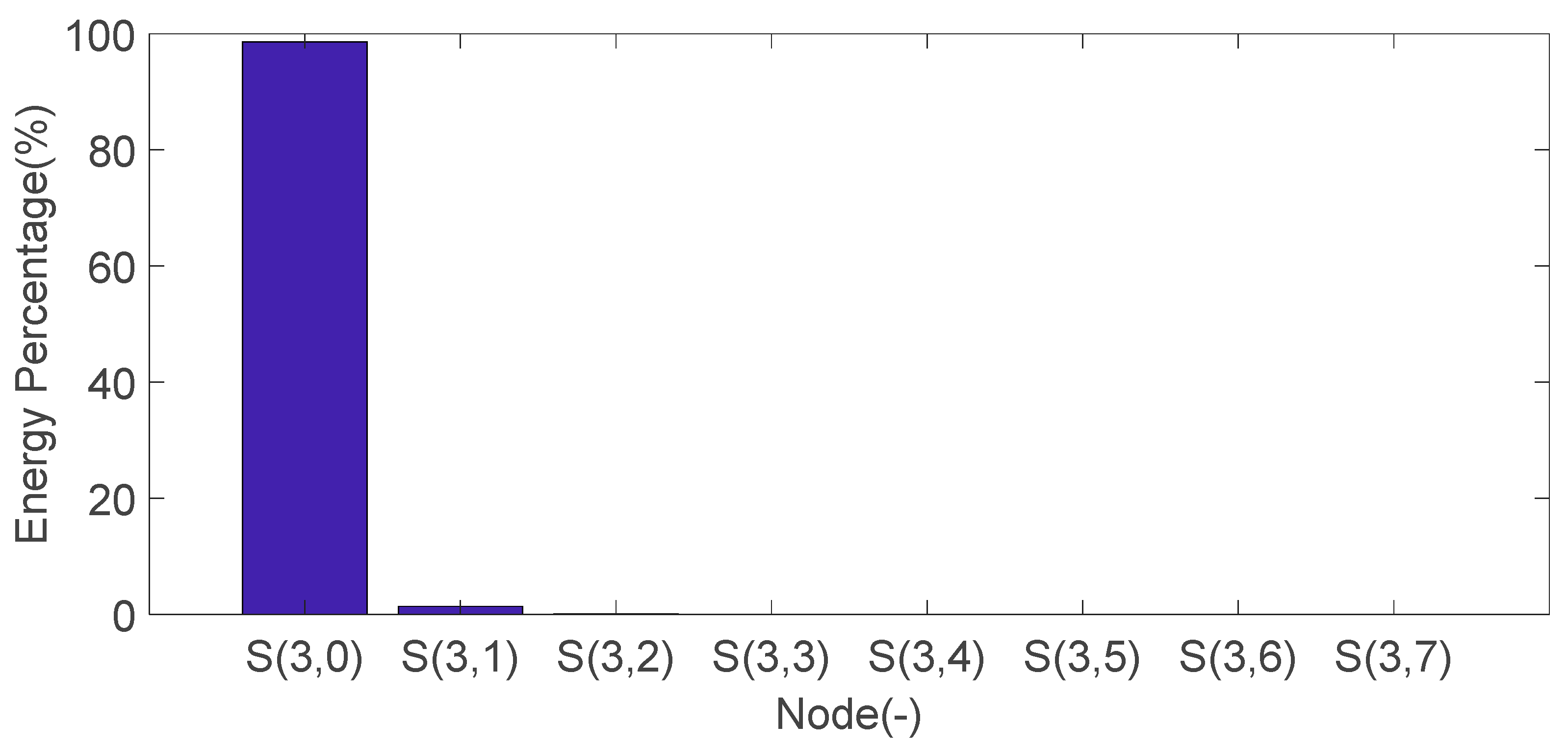

| Properties | Aviation Gasoline | RP-3 |
|---|---|---|
| Composition | C5–C11 | C7–C16 |
| Relative molecular mass | 115 | 141 |
| Density (kg/m3) | 720 | 780 |
| Kinematic viscosity (mm2/s) (20 °C) | 0.62 | 1.26 |
| Heat of combustion (kJ/kg) | 44,000 | 43,300 |
| Latent heat of vaporization (kJ/kg) | 340 | 356 |
| Flash point (°C) | −47 | 40 |
| Octane number | 90 | 46 |
| Auto-ignition temperature (°C) | 438 | 274 |
| Items | Value |
|---|---|
| Type of engine | Two-stroke SI engine |
| Intake style | Reed valve |
| Stroke/mm | 69 |
| Bore/mm | 76 |
| Displace/cm3 | 625 |
| Geometric compression ratio | 9.5 |
| Exhaust port opening/°CA ATDC | 88 |
| Scavenging port opening/°CA ATDC | 122 |
| Items | Value |
|---|---|
| Inlet temperature | 301 K |
| Ambient pressure | 101.3 kPa |
| Sampling frequency | 200 kHz |
© 2020 by the authors. Licensee MDPI, Basel, Switzerland. This article is an open access article distributed under the terms and conditions of the Creative Commons Attribution (CC BY) license (http://creativecommons.org/licenses/by/4.0/).
Share and Cite
Sheng, J.; Liu, R.; Liu, G. Weak Knock Characteristic Extraction of a Two-Stroke Spark Ignition UAV Engine Burning RP-3 Kerosene Fuel Based on Intrinsic Modal Functions Energy Method. Sensors 2020, 20, 1148. https://doi.org/10.3390/s20041148
Sheng J, Liu R, Liu G. Weak Knock Characteristic Extraction of a Two-Stroke Spark Ignition UAV Engine Burning RP-3 Kerosene Fuel Based on Intrinsic Modal Functions Energy Method. Sensors. 2020; 20(4):1148. https://doi.org/10.3390/s20041148
Chicago/Turabian StyleSheng, Jing, Rui Liu, and Guoman Liu. 2020. "Weak Knock Characteristic Extraction of a Two-Stroke Spark Ignition UAV Engine Burning RP-3 Kerosene Fuel Based on Intrinsic Modal Functions Energy Method" Sensors 20, no. 4: 1148. https://doi.org/10.3390/s20041148





